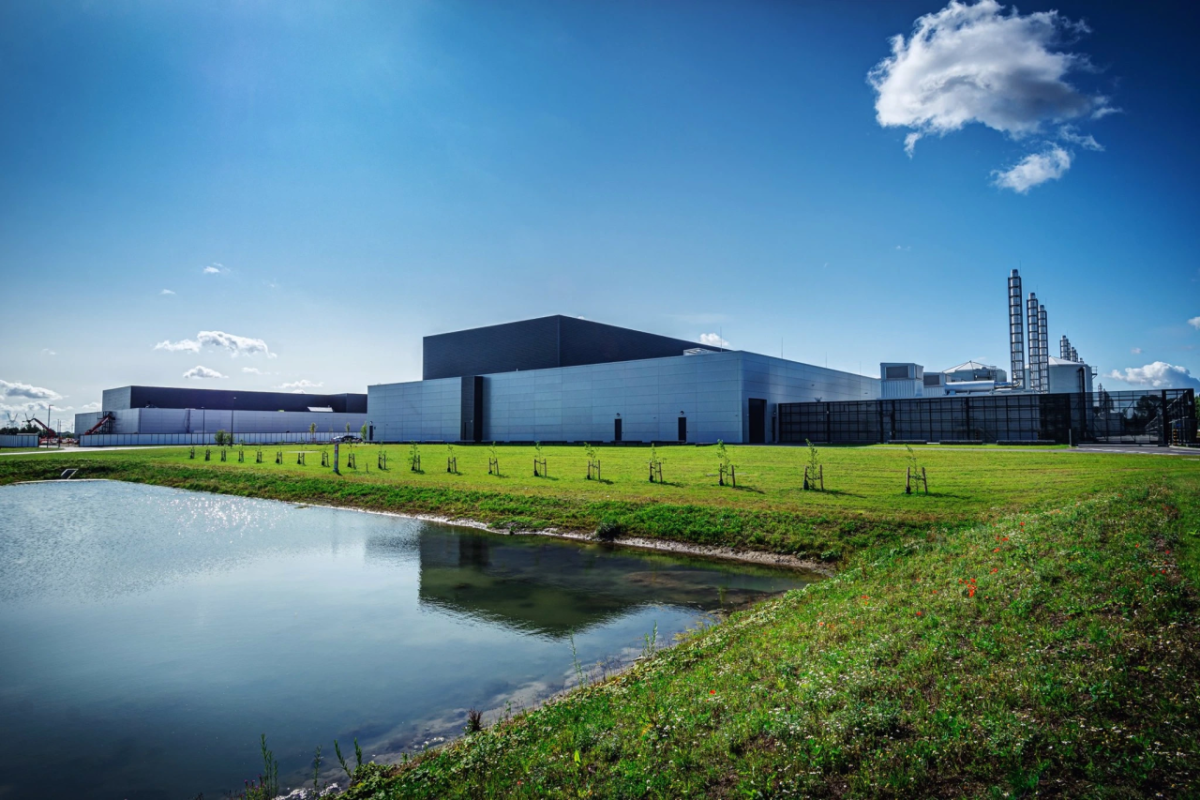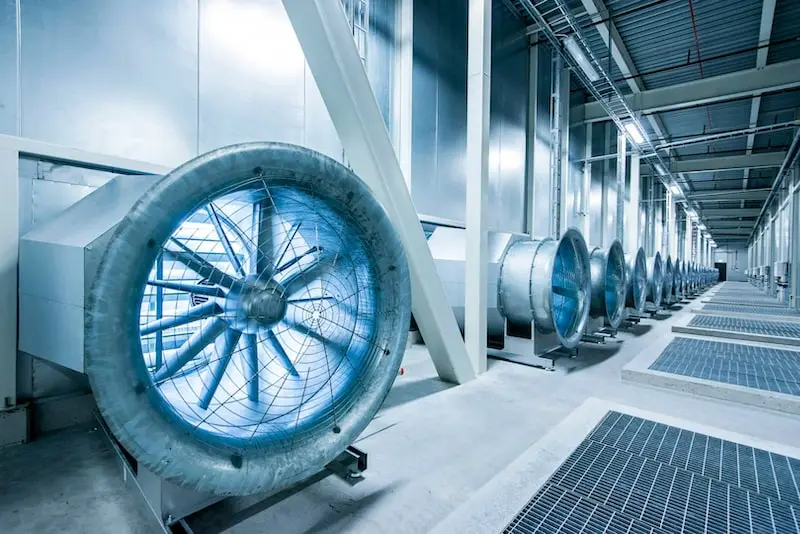What Makes a Data Center Sustainable?
By Nicole Loher
Data centers enable everything we do online, from powering the internet to making digital communication and connection possible. Not surprisingly, they also account for the highest percentage of Meta’s energy use, water use and greenhouse gas emissions — as well as where we can have the largest impact on reducing all three.
But what does it really mean for a data center to be sustainable?
Simply put, a sustainable data center is one that minimizes its environmental impact while still providing reliable and secure data processing and storage services. It involves prioritizing energy efficiency, utilizing renewable energy, conserving water and reducing waste.
Here, we share Meta’s approach to data center sustainability.
Energy Efficiency
The world’s data centers already represent 1 percent of the world’s electricity use. That’s why prioritizing energy efficiency is at the forefront of Meta’s approach to designing and operating the most sustainable data centers in the world. Our data centers incorporate energy-efficient hardware designs as well as cooling systems that use outdoor air and direct evaporative cooling to save both energy and water.
Helpful too are building sites uniquely designed to promote their location’s biodiversity, incorporating native plants and adaptive landscapes that mimic the natural hydrology and help reduce urban heat island effect. (Heat islands occur when structures such as buildings, roads, and other infrastructure absorb and re-emit the sun’s heat more than natural landscapes do.)
Renewable Energy
The use of renewable energy, such as solar or wind, also plays an important role in reducing the carbon footprint of a data center.
Our data center fleet is supported by 100 percent renewable energy spanning six countries and more than 20 U.S. states — and we’re on track to maintain this commitment as our operations grow. Our ability to achieve this commitment is due in large part due to our ambitious approach to renewable energy procurement, which has resulted in more than 70 new solar and wind projects adding more than 9,000 megawatts of clean electricity to the U.S. grid.
“Our renewable energy projects are diverse and driven by where we have an operational footprint,” Amanda Yang, Meta’s head of renewable energy for Americas West and the Asia-Pacific, recently shared with Triple Pundit. “One of our primary values is ensuring that we are adding new renewable capacity in the areas in which we operate.”
While 100 percent of our global operations are supported by renewable energy, “ultimately we are focused on continuing to evolve our approach to how we can help accelerate grid decarbonization [reducing emissions per unit of electricity generated],” Yang added. “Where we can, we are partnering with our utilities, developers, and regulators to make this happen.”
Conserving Water
Becoming water positive by 2030 is one of Meta’s largest and ambitious sustainability goals and it starts with working to reduce our water use.
We take measures such as using recycled water for construction purposes where possible, implementing best management practices to reduce construction water needs, and recycling water within our facility many times to reduce our water usage. Meanwhile, outside of our buildings, we use a combination of native plant species, efficient irrigation and alternative water sources, along with smart scheduling technologies. All told, we save nearly 130 million gallons of water per year.
Reducing Waste, Recycling Materials
Net zero and waste reduction go hand-in-hand. For a data center to be truly sustainable, a circular approach must be implemented, viewing waste as a valuable resource that can be reused, repurposed or recycled.
We are actively working to keep data center construction and demolition waste out of landfills and incineration facilities by recovering, reusing and recycling materials and continuing to pilot new approaches to reduce our waste even farther. In 2022, Meta recycled, reused or donated 158 thousand tons, diverting 91 percent of potential waste from local landfills.
For permanently installed wood in both our offices and data centers, we source products certified by the Forestry Stewardship Council (FSC), which confirms environmental protections for responsible forest management, protects customary rights of indigenous people and prohibits the use of highly hazardous chemicals.
We also prioritize the use of recycled materials in new data center hardware system designs, in addition to our continued focus on ensuring hardware is easy to disassemble and reuse. To continue to improve resource efficiency, we are also exploring ways to extend the life of racks and components used in our data centers and work closely with our downstream partners to find a second life for parts outside of our data centers through secondary markets. Our goal is to ensure all residual materials are responsibly managed.
Green Certifications
When it all comes together and a data center building is certified LEED Gold by the U.S. Green Building Council, we know we’re following best practices for environmental and sustainability criteria related to design and construction.
Today, 33 Meta data center buildings are now certified LEED Gold — as well as LEED Platinum in Luleå, Sweden — representing more than 19 million square feet in all.



